
The neuromuscular clinic offers diagnostic services for all neuromuscular patients, which are carried out in close collaboration with several departments at our hospital. Most notably, these include Departments of Clinical Genetics, Neurophysiology, Neuroradiology, Cardiology, Pediatrics, and Biochemistry. We have special focus and expertise in diagnosing patients affected by limb girdle muscular dystrophy, mitochondrial myopathies, metabolic myopathies, channelopathies, and myotonic dystrophies. Besides the essential evaluation of patients by trained neuromuscular specialists, our unit also have a fully equipped molecular and histology lab, which facilitates processing of muscle biopsies for the whole hospital. About 200 clinical muscle biopsies are read by our unit on a yearly basis, and approximately as many research biopsies. In the following, we list some of the diagnostic services we offer:
Muscle morphological examinations
Muscle biopsies are processed and read on a weekly basis. Different panels of stains are used according to the clinical suspicion. We also perform an array of more specialized histological and immunohistological stains for both bright-field and fluorescence microscopy.
Cell cultures
Immunocytological methods are employed as well. An example is collagen VI stained cultured fibroblasts from a skin biopsy, which are used for preliminary diagnosis of Ullrich/Bethlem myopathy before molecular testing.
Protein expression analysis by western blotting
Multiplex western blotting analysis of multiple muscle proteins involved in muscular dystrophies are performed routinely. This analysis will often capture patients affected by Duchenne and Becker muscular dystrophies, sarcoglyconapathies, dystroglycanopathies, lamininopathies, telethoninopathy, calpainopathy and dysferlinopathy. We also perform western blotting analysis to define subtypes of dystroglycanopathies. On special request, and particularly in a variety of research settings, multiple other protein analyses are carried out ad hoc.
A variety of exercise tests are used to diagnose and monitor disease. Handgrip tests are used particularly for the investigation of mitochondrial myopathies and muscle glycogenoses. Cycle tests are used to show the diagnostic second wind in McArdle disease, to determine maximal oxidative capacity and to measure fat and glucose turnover/oxidation in a variety of muscle diseases, but particularly in metabolic and mitochondrial myopathies. Stabile isotope technique is used to make such metabolic assessments.
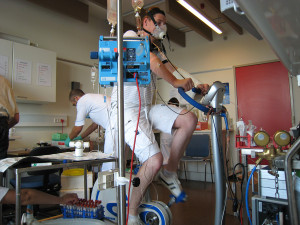
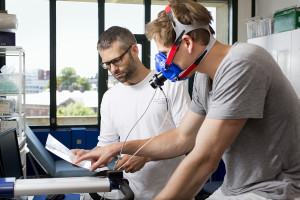
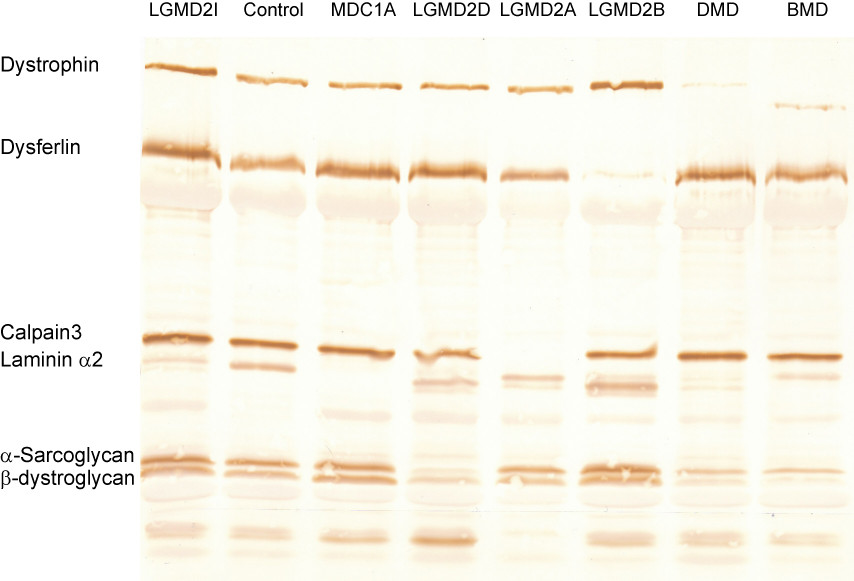
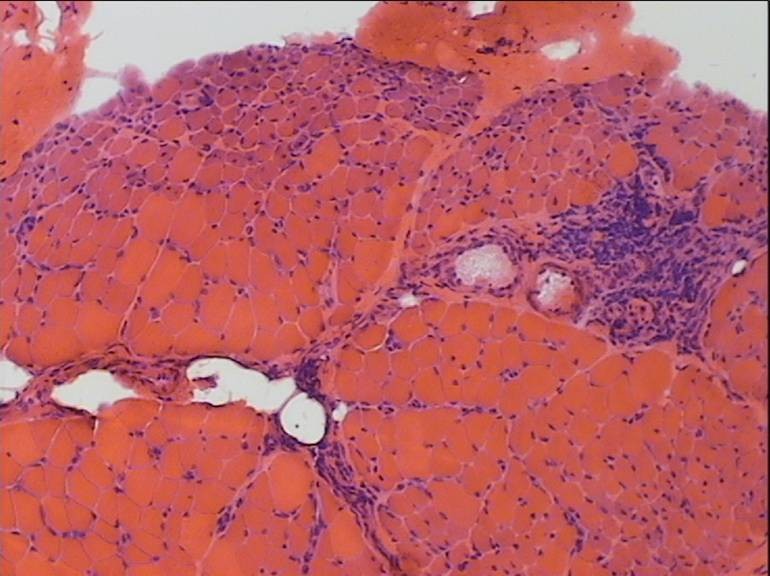

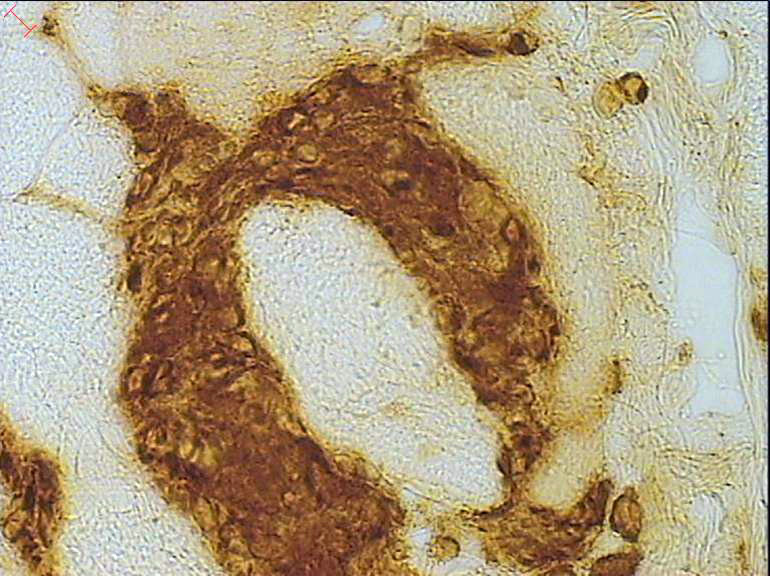
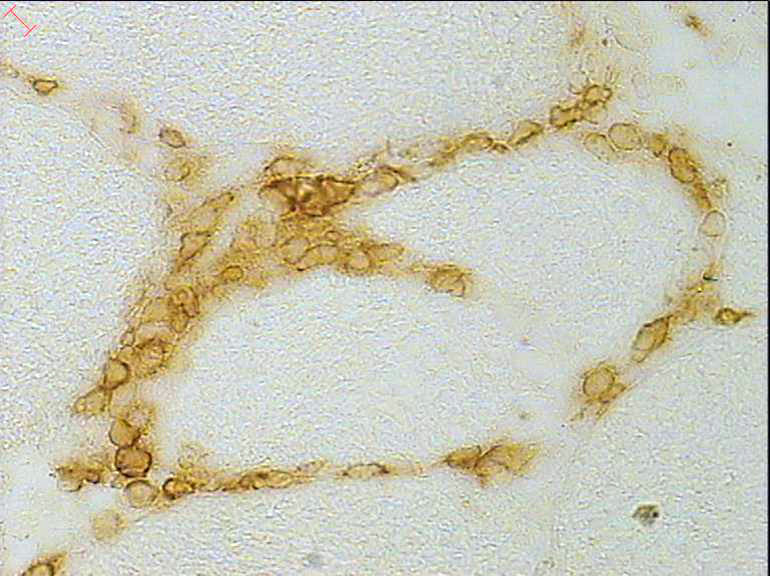
Seneste kommentarer